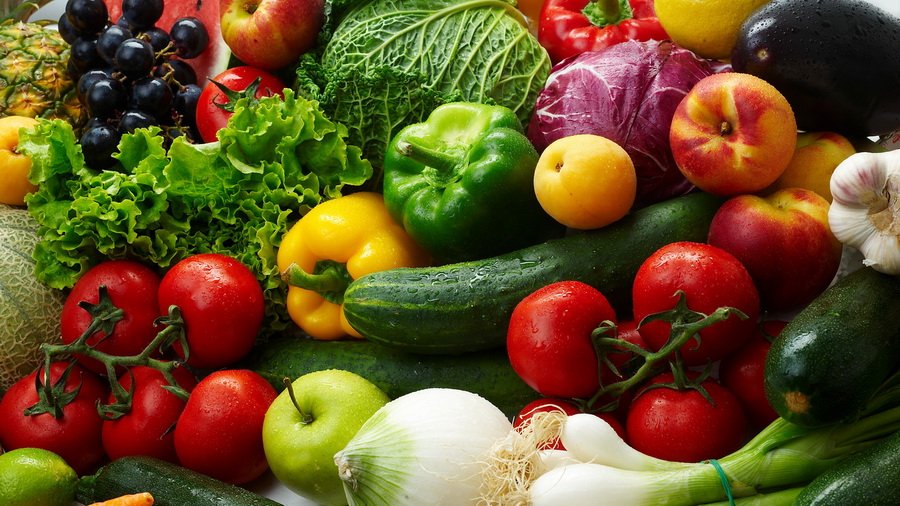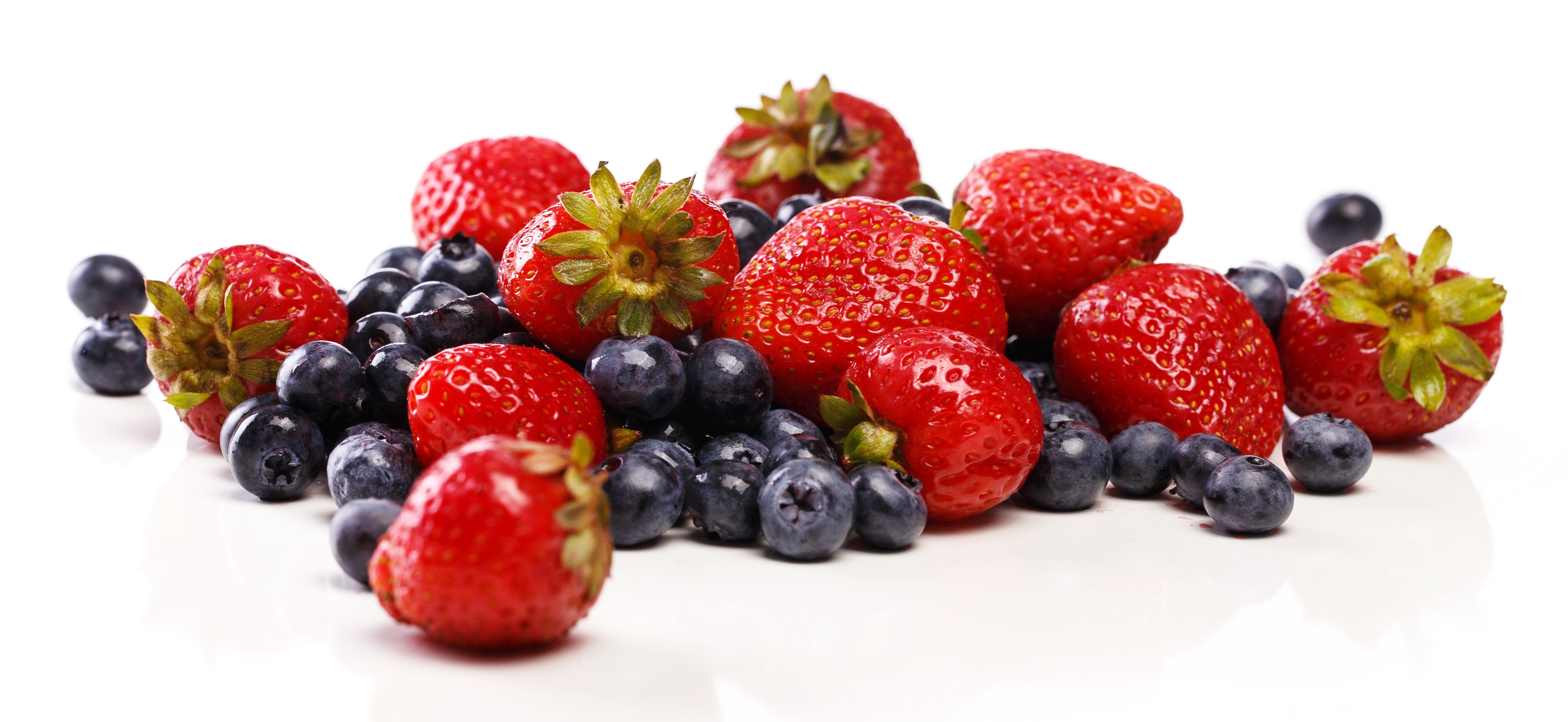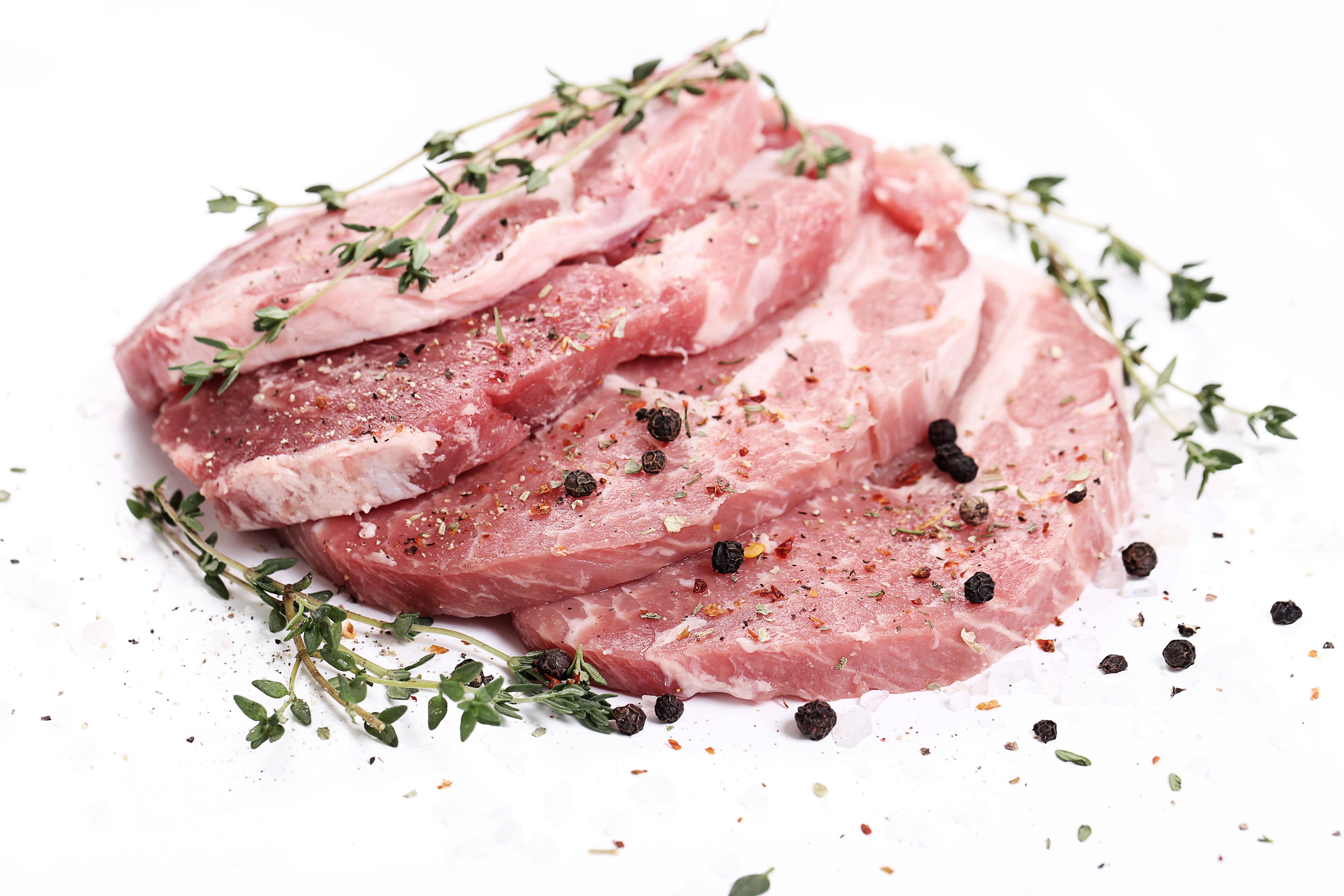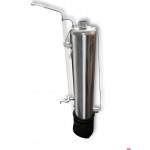
Preparing Products for Canning
Canning is a meticulous process that requires a lot of time, resulting in delicious preserves for winter. It is important to follow not only the recipes but also to pay attention to the selection and preparation of products for canning. When canning in an autoclave, choose high-quality and fresh ingredients.
How to Choose and Prepare Vegetables and Fruits for Canning
First and foremost, for winter canning, you should select only high-quality vegetables and fruits. Overripe, rotten, and damaged produce is not recommended. Therefore, the first step in preparing vegetables and fruits is sorting.
It is important to properly sort vegetables and fruits for canning based on two criteria:
- Quality — the first part of sorting, where you remove any unsuitable fruits for processing. It’s worth noting that even a small amount of spoiled produce can alter the taste or spoil the final product.
- Size — it is recommended to choose vegetables that are approximately the same size, as they will cook evenly during thermal processing. This results in quality and tasty preserves for winter.

An important factor in preparing vegetables and fruits is their storage time after harvest. Most canning is done in summer when the air temperature is high. Products spoil faster and lose their taste and nutritional properties. The less time that passes from harvest to canning, the more nutrients will be preserved in the jars. Berries are particularly sensitive to high temperatures. Once picked, they should be stored in the refrigerator for no more than 2 days.
After sorting, it is necessary to thoroughly wash the vegetables and fruits. This is done using regular drinking cold water. Washing removes dirt and dust from the surface of the vegetables, as well as any residues of harmful substances used to combat diseases or pests. During washing, we eliminate microorganisms present on the produce.
In cases where the vegetables we prepare for canning are very dirty or collected in rainy weather, it is recommended to soak them in water first. After that, you should clean the dirt with a soft brush under running water.

Berries should also be thoroughly washed. They can be rinsed under a gentle stream in the shower or submerged in a colander in water.
It is not necessary to dry washed vegetables and fruits unless specified in the recipe.
Thus, washing vegetables and fruits ensures the absence of bacteria and prolongs the storage of preserves.
Features of Choosing Meat for Canning
Special attention should be paid when making meat preserves. Home-cooked meat preserves are much tastier than store-bought ones. However, during their preparation, it is crucial to be extremely careful at all stages, from choosing the meat to storing the preserves in winter.
First of all, the meat to be used should be carefully examined for freshness and sanitary control. Meat of questionable origin should not be used.

Only fresh chilled or thawed meat should be used. Do not choose raw meat or meat from older animals for canning. The products should be thoroughly washed under cold running water. Then, separate the meat from bones, fat, veins, and cartilage. The prepared meat is cut into uniform pieces for even cooking of the entire batch.
The meat must meet certain qualities before being selected for canning in an autoclave:
- firm and elastic (quickly returns to shape after pressing)
- presence of a pink or red thin dry crust;
- after cutting, the meat should be moist but not sticky;
- frozen meat may appear gray due to ice crystals;
The freshness of poultry meat can be determined by the beak — it should be shiny in recently slaughtered animals.
Proper Preparation of Mushrooms for Winter
One of the tastiest canned products is mushrooms. At the same time, they are among the most dangerous products if improperly processed. One of the safe and simple methods of preparing mushrooms is canning in an autoclave.
When collecting mushrooms, they are usually placed in one basket or bucket. The basis of a quality winter mushroom preserve is sorting. It is important to know the mushrooms you have collected and sort them by species, as different types require different cooking times.

Next, the mushrooms should be washed. They can be placed in a large container and filled with cold water for a short time. Five minutes is sufficient to get rid of small debris, soil, and twigs that were on the mushrooms. When all the debris floats to the surface, you can start cleaning.
When cleaning mushrooms, first separate the stems from the caps. Trim the bottom of the stems and remove any remaining dirt from the sides. The caps should be carefully cleaned with a knife, removing any residues that could not be washed off, without damaging them too much. For some mushroom species, it is necessary to remove the thin "skin" from the cap.
After this, discard any mushrooms that are damaged by worms, as well as any that are in doubt about their suitability.
Some mushroom species contain substances that oxidize and change color (darken or turn blue) upon contact with air. To avoid unappetizing appearances, they should be boiled in hot salted water or simply placed in cold salted water.
When slicing mushrooms, be careful and remove any spoiled pieces you find. This will prepare the mushrooms for cooking.
Canning is easier to do together with autoclaves from "Ukrpromtech." We manufacture a wide variety of autoclaves of different models, sizes, materials, power, and other qualities. Autoclaves undergo several stages of testing before reaching you.
"Ukrpromtech" also offers other metal products — distillation units, cheese makers, smokehouses, water heating tanks, bird cages, and a large range of quality products.
You can see the entire model range on our website and order the autoclave you need. If you have any questions, our specialists will provide free consultation — just call (050) 376-60-86, (067) 370-27-22, or leave a request on the website.
Also read:
- Autoclave Operating Modes
- What is an Autoclave
- Hydraulic Testing of Autoclaves
- How to Use an Autoclave
- How to Choose an Autoclave









